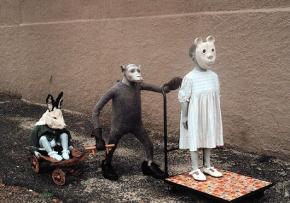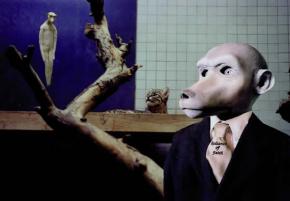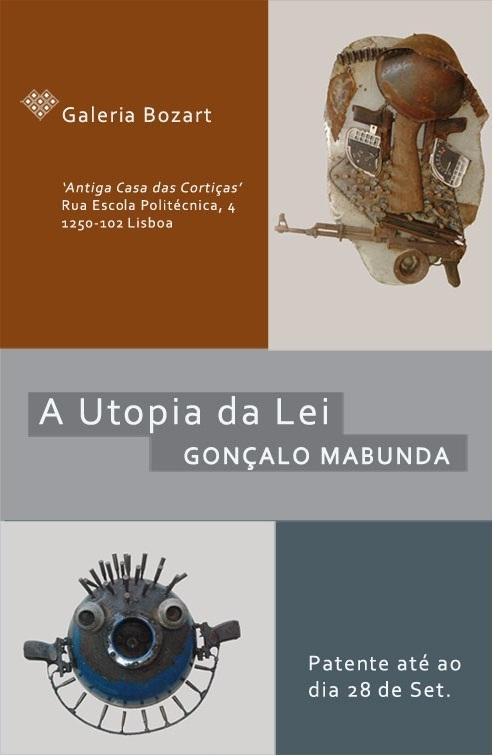exposição escultura
Posts com a etiqueta exposição escultura
Arquivo
Autor
- administrador
- adrianabarbosa
- Alícia Gaspar
- arimildesoares
- camillediard
- candela
- catarinasanto
- claudiar
- cristinasalvador
- franciscabagulho
- guilhermecartaxo
- herminiobovino
- joanapereira
- joanapires
- keitamayanda
- luisestevao
- mariadias
- marialuz
- mariana
- marianapinho
- mariapicarra
- mariaprata
- martacacador
- martalanca
- martamestre
- nadinesiegert
- Nélida Brito
- NilzangelaSouza
- otavioraposo
- raul f. curvelo
- ritadamasio
- samirapereira
- Victor Hugo Lopes
Data
- Dezembro 2025
- Novembro 2025
- Outubro 2025
- Setembro 2025
- Agosto 2025
- Julho 2025
- Junho 2025
- Maio 2025
- Abril 2025
- Março 2025
- Fevereiro 2025
- Janeiro 2025
Etiquetas
- Angola nos Trilhos da Independência
- As Tramas da Memória
- B Fachada
- bienal anozero
- cadernos de estudos africanos
- campanha
- centro de estudos comparativistas
- colónias portuguesas
- dentro do arquivo
- Descolonizar o Imaginário
- Francy Baniwa
- josé da silva horta
- José Forjaz
- Júlio Silvão Tavares
- luz
- nacionalismo
- participação
- pedro cardoso
- representatividade negra
- Rio+20
Mais lidos
- Maneiras de Ver: Empregadas Domésticas e Mulheres-a-dias em Portugal
- TEATRO MERIDIONAL PROMOVE AS JORNADAS DE REFLEXÃO SOBRE O IMPACTO DA DESCOLONIZAÇÃO NAS ARTES PERFORMATIVAS
- Deep time Soundings / Escuta do Tempo Profundo Palestra-Performance de Margarida Mendes
- Casa 75, Branca Clara das Neves
- À volta da Chama: uma conversa para celebrar o lançamento da revista Chama Rubra — Issue 01 Twinkle Twinkle
- Outros Itinerários: Viagens, Arte e Literatura Antropológica
- UIVO celebra 15 edições a imaginar mundo(s) sem guerra com a ilustração como ato de reflexão e resistência
- "Precópio" conversa com Kitty Furtado e Marta Lança
- E Tudo Mudou, de Carla Fernandes
- “No Jardim da Dúvida"
 While Alexander’s figures are, in many ways, emblems of monstrosity, they are oddly beautiful. Her creatures expose the human animal for all it is and all it could become. Though clearly concerned with social issues, Alexander’s sculptural installations and photographs do not judge, nor do they convey a particular political or moral standpoint. “There is no glorification of human misery here, only recognition of human tenacity and will, dignity among the wretched, a hint of the thread that connects us all and beyond.” (Ash Amin, On Being Human)
While Alexander’s figures are, in many ways, emblems of monstrosity, they are oddly beautiful. Her creatures expose the human animal for all it is and all it could become. Though clearly concerned with social issues, Alexander’s sculptural installations and photographs do not judge, nor do they convey a particular political or moral standpoint. “There is no glorification of human misery here, only recognition of human tenacity and will, dignity among the wretched, a hint of the thread that connects us all and beyond.” (Ash Amin, On Being Human) An illustrated catalogue accompanies the exhibition, edited by Pep Subiros with contributions by Jane Alexander, Ashraf Jamal, Kobena Mercer, Simon Njami, Pep Subiros, and Lize van Robbroeck.
An illustrated catalogue accompanies the exhibition, edited by Pep Subiros with contributions by Jane Alexander, Ashraf Jamal, Kobena Mercer, Simon Njami, Pep Subiros, and Lize van Robbroeck.

